Search
Remove Ads
Advertisement
Summary 
Loading AI-generated summary based on World History Encyclopedia articles ...
Search Results

Article
Ten Juneteenth Myths
The celebration of Juneteenth – originally known as "Freedom Day" – began on 1 January 1866 in Texas and, since then, a number of myths have grown up around the event it commemorates: the issuance of General Order No. 3 in Galveston Texas...
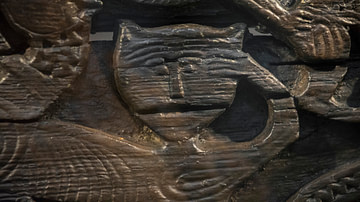
Article
Norse Pets in the Viking Age
Pets were as important to the Norse of the Viking Age (c. 790-1100 CE) as they were to any other culture, past or present. The Vikings kept dogs and cats as pets and both feature in Norse religious iconography and literature. The Norse also...
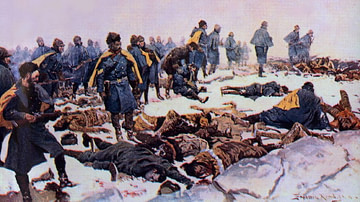
Definition
Northern Cheyenne Exodus
The Northern Cheyenne Exodus (1878-1879) is the modern-day term for the attempt by the Northern Cheyenne under chiefs Morning Star (Dull Knife, l. c. 1810-1883) and Little Wolf (also known as Little Coyote, l. c. 1820-1904) to leave the Southern...
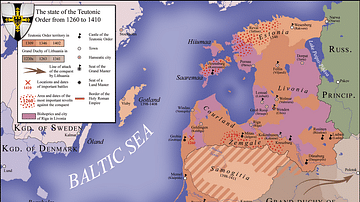
Definition
Northern Crusades
The Northern or Baltic Crusades were military campaigns organised by popes and western rulers to convert pagans to Christianity in the 12th to 15th century. Unlike in the Holy Land, where military campaigns were aimed at liberating former...

Definition
Thor
Thor (Old Norse: Þórr) is the Norse god of thunder, the sky, and agriculture. He is the son of Odin, chief of the gods, and Odin's consort Jord (Earth) and husband of the fertility goddess Sif, who is the mother of his son Modi and daughter...
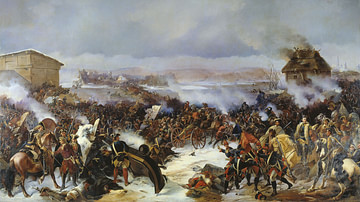
Definition
Great Northern War
The Great Northern War took place from 1700 to 1721 and was fought between Russia and Sweden during the reign of Peter I of Russia (Peter the Great). One of the key causes of the war was Peter the Great’s desire to have territory on the Baltic...
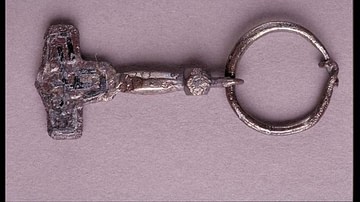
Article
Norse-Viking Symbols & Meanings
A symbol is an image or object which represents an abstract concept, often having to do with one's religious beliefs. Every civilization, from the most ancient to the present, has made use of symbols to make the abstract concrete and visible...
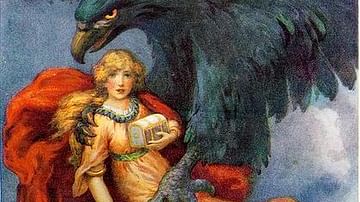
Definition
Idunn
Idunn (pronounced Ih-dune) is a fertility goddess in Norse mythology who holds the apples of eternal youth the gods rely on to remain young and healthy. The Norse gods were not immortal – they just lived very long lives – and the apples of...

Article
Visiting Glastonbury - the Town of Myths & Legends
The Somerset Levels is an area of the British Isles that captivates visitors with its stunning natural landscape and historical sites and monuments. Glastonbury is famous for its apple orchards and music festival. It is one of the most visited...
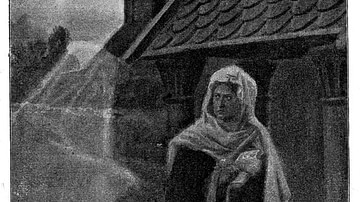
Article
Norse Ghosts & the Afterlife
The best-known vision of the Norse afterlife is that of Valhalla, the hall of the heroes where warriors chosen by the Valkyries feast with the god Odin, tell stories from their lives, and fight each other in preparation for the final battle...